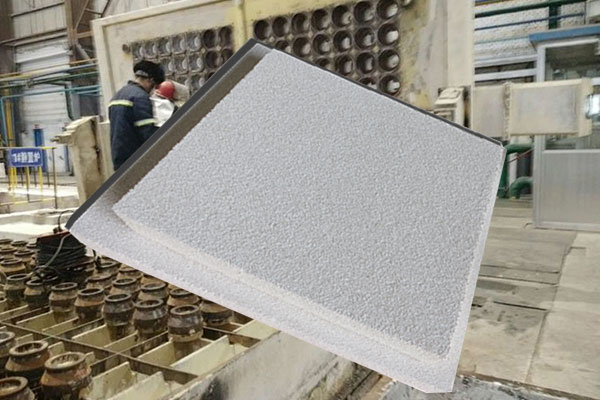High Temperature Ceramic Filter we produce use alumina as the main material and have a three-dimensional network structure.
Molten metal often contains impurities in the form of inclusions that are not removed during refining. In order to obtain high-grade metal feedstocks for sheet manufacturing, fine wire drawing, and precision casting, it is often necessary to remove these inclusions by passing the molten metal through filters.
In the prior art, in order to filter molten metal, ceramic foams with internal open cells are used. The temperature conditions of the filter are very strict, and the temperature of the molten metal to be filtered is as high as about 1500 ° C or higher, which requires strict selection of materials and structures that can withstand thermal shock.

Ceramic Foam Filter Manufacturing Process
The powder raw material and the blowing agent are simultaneously mixed and expanded and fired to form a porous body. Since the blending amount of the blowing agent in the form of an organic material is as large as about 40% by weight, the ceramic that forms the skeleton after firing has a non-uniform structure rather than a dense structure. Since it is difficult to control the pores or network formed by blow molding, a porous body is obtained over which considerable pressure losses occur.
The high temperature ceramic filter has heat resistance, low thermal expansion, thermal shock resistance to molten metal above 1500°C such as stainless steel alloy melt, strength, minimized clogging, and low pressure loss, and is effective for molten metal filtration.
It is well known that three-dimensional reticulated ceramic foams with open cells are prepared by applying a ceramic slurry to a substrate in the form of a synthetic resin foam, removing excess slurry, drying and firing the coated substrate. In order for the ceramic foam to have sufficient strength to withstand the filtration of molten metal, a large amount of ceramic slurry must be applied to the synthetic resin foam. This ceramic filter has small pressure loss and good filtration performance.

